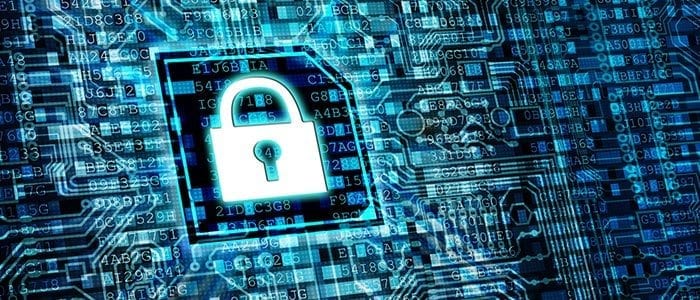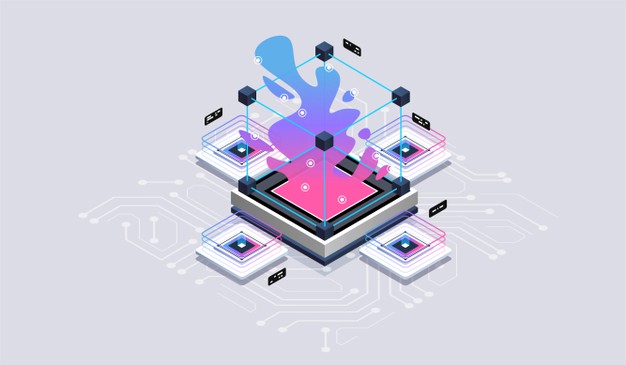The most expensive thing in this entire world is data center security. And data centers are the places where a large amount of crucial data is stacked. So protecting it from any potential breach and keeping it accessible 24/7 is a crucial duty of any data center owner or provider. So, in this article, we are going to know about some of the most important aspects of data center security.
Data Center Security Tips
Choosing a Location that is Secure
It’s extremely important that you choose a location that is completely free of airport landing paths, power plants, flood plains, earthquake fault lines, chemical facilities, natural and man-made disasters, etc. Another solution is to create an underground data center.
Underground data centers are much more secure and safer than normal ones. But in underground data centers, cooling systems need to be implemented properly as it can cause huge issues if not done well.
There are two main places where the underground data centers are set up: one is in a cave and another one is in a mine. Generally, mines are better than caves as caves lack normal airflow. But in mines also, real-time air quality monitoring needs to be done properly to make it a secure place for the data center.
Availability of Redundant Power Supply
Availability of redundant power is a must when it comes to data centers. Because you won’t want your customer’s business to stop because of a power failure. Make sure a secondary power source is set up in case of any power cuts. Using online electrical backups like UPSes will also help.
Secondary Internet Connection
Apart from a secondary power source, a secondary internet connection should also be in place to avoid any downtime due to internet connectivity issues at any point in time. Having redundant internet helps during internet outages due to trucks striking poles or buried cables get cut.
Automatic Hardware Failover
Availability of redundant server hardware like switches, UPSes, HVAC, Routers are also needed to keep things running in a data center. Missing it can hurt badly even if other measures like cooling, redundant internet, and power supply is taken correctly.
Don’t Forget Physical Security
Taking physical security measures is as important as keeping other things in place. In past, we have seen incidents like a multi-year legal saga between Google and Uber where the former Google engineer Anthony Levandowski pleaded guilty for stealing crucial data from Google’s servers and giving them to the largest cab company Uber.
To avoid happening such incidents in your data center, you need to make sure that all the physical security measures are taken properly. The data center needs to be protected from any external attacks, any theft of hardware, overheating, and humidity fluctuations.
Applying Patches to Systems ASAP
WannaCry attack is a big example of overlooking the latest updates and patches. A whooping 230,000 PCs got affected by this virus. Microsoft had patched it before the attack, but the owners of those PCs didn’t apply it to their machines. As a result, they either lost their data completely or lost money to recover the data. So, applying the latest system updates and security patches is as important as making the data center secure physically. Overlooking it can cause big breaches.
Segmenting the Network of the Data Center
Hackers can easily get access to data once they get access to a network. So, making separate segments of the data center network can be helpful. Isolating the whole network into different segments can protect other servers in case a specific machine gets compromised.
Conclusion
In this day and age of data, your role as a data center organization is to always make sure the data you have is always protected and always accessible irrespective of any natural disaster, technical fault, power cuts, internet outages, etc. And to do that, you have to take all these security measures mentioned in this article seriously.
Otherwise, a single mishap can shatter your reputation permanently. So, it’s better to look at all these things before something goes wrong in your data center.




